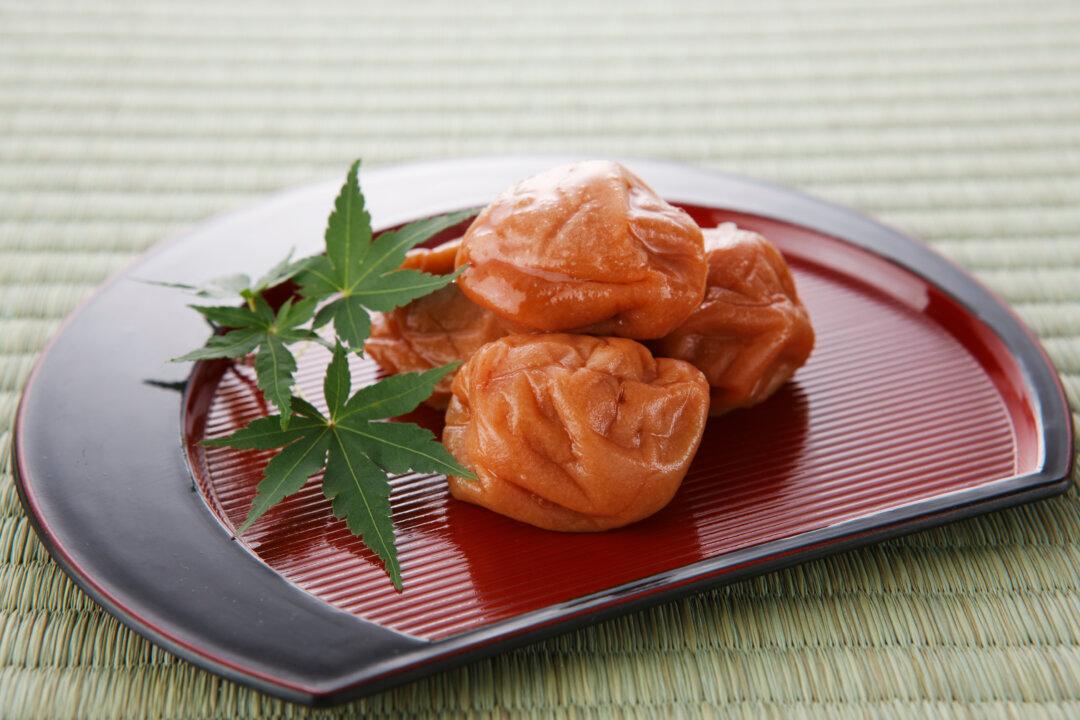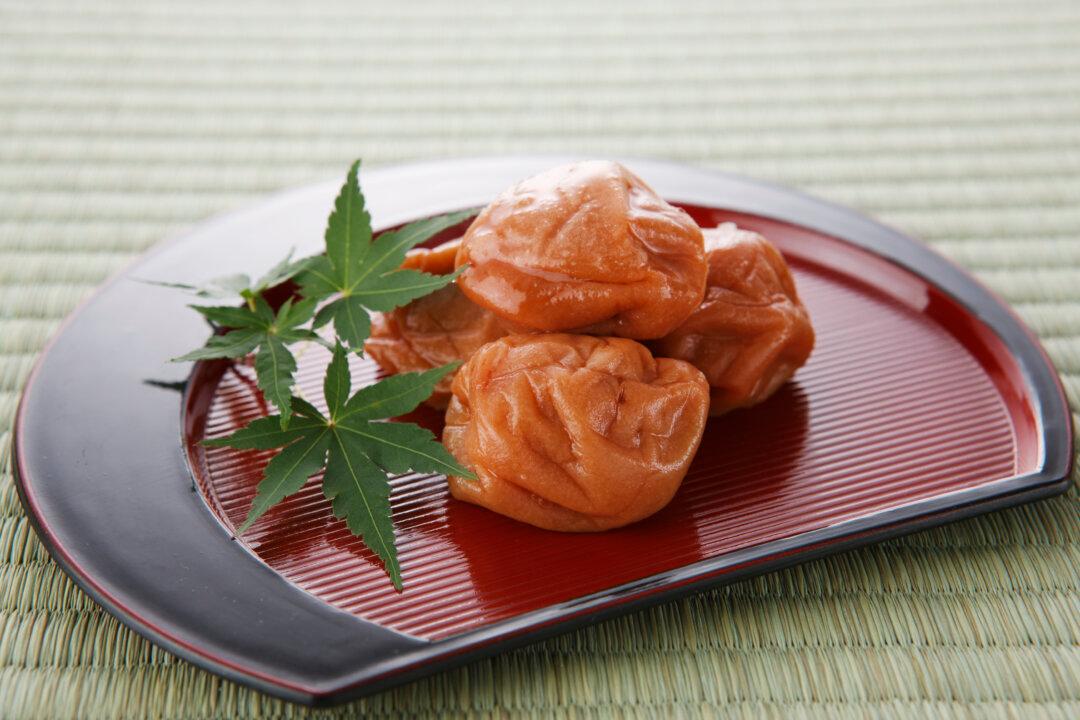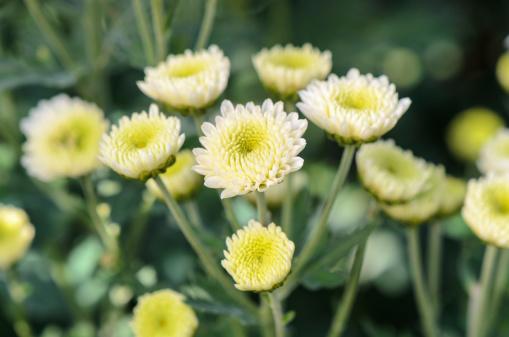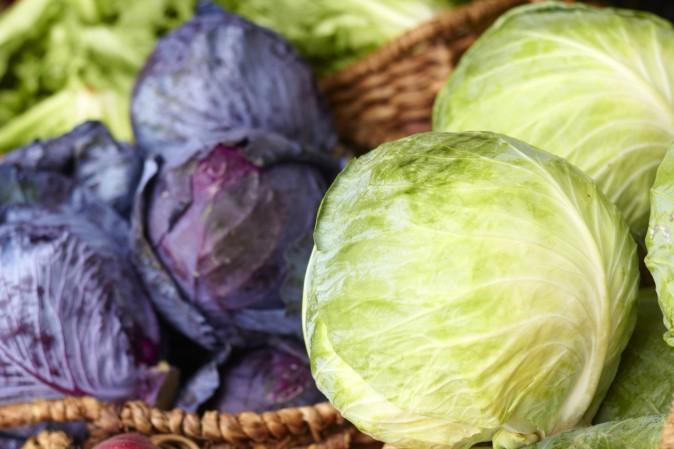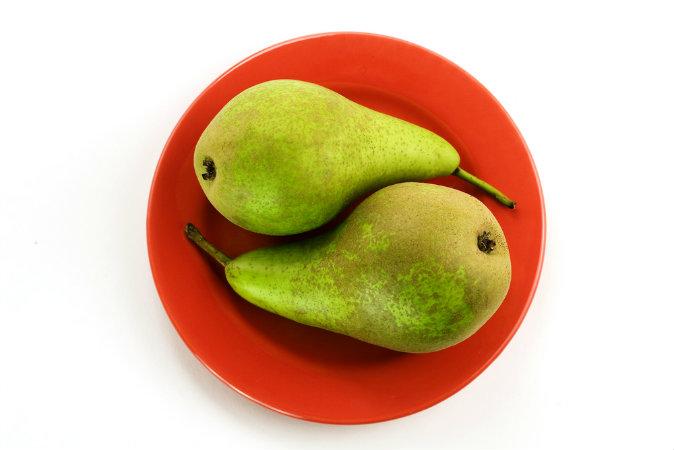In Japan, the equivalent of the apple a day that keeps the doctor away is the pickled umeboshi, and these small, pickled plums are highly valued for their culinary and medicinal qualities.
Pickled umeboshi are made from the fruit of Prunus mume—actually an Asian species of apricot, but more commonly referred to as a plum.

